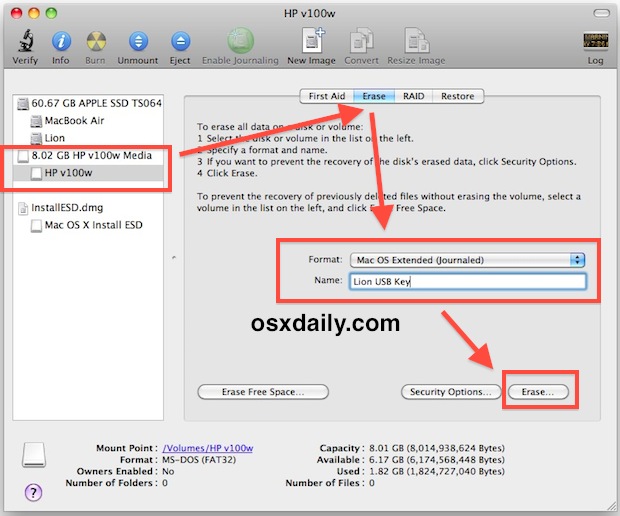


If this fails, there is a remote possibility that you can still boot off of USB2, but you may need to substitute ud for or something similar. The command would be similar to this: nvram boot-device ud:3,\\\\:tbxiNow this looks a tad bit different then what we typed in Open Firmware, but that's because we have to escape the two backslashes, each with a backslash of its own. Something like: boot-device ud:3,\\:tbxi hd:,\\:tbxi"Īnd now some more fun, there is a Unix script that can be written to enable this, because after all we are only changing a nvram variable.

If found, it will usually have beside it or something similar. In this list, look for ud, usually below where you see hd ( ud is "USB Disk," I presume). In Open Firmware, type devalias, and you should get a list as output. If this step does not work, I have had very limited success getting a machine to boot off USB2. Hold Command-Option-F-F right after the machine is turned on. Start up the machine in Open Firmware (this is the fun part).There are other ways of finding this out, but in my case, my disk is disk2s3 (the 3 on the end will come into play soon). disk3s9 might be a USB disk with OS 9 drivers that is considered the third disk. That is, disk2s3 is usually for a USB disk with no OS 9 drivers installed that is the second disk disk. I usually find this by going to Disk Utility and looking at the info for the partition on the USB disk with OS X. Connect the drive to your machine, and find out which partition the OS X system is installed on.As you know, there are many different ways of getting a system on a USB drive contact me if you have any questions on how to do that, or search for that information. You need a USB2 drive with an OS X system installed (I am using 10.4.3, though any I think will work as far as what the machine can boot).Note: As with all hints that have to do with Open Firmware, proceed at your own risk! I have not experienced a problem and I don't see how this hint could render your Mac useless, since the default can always be recovered by resetting the SMU. Without further delay, here's the process to follow. iMac G5 w/iSight (thanks to the eager user who emailed me).Machines that I have tested this hint on and made it work are: Thankfully, somewhere about the time the iMac G5 with the ambient light sensor (ALS) was released, Apple tweaked their Open Firmware, which allowed us to boot PowerPC Macs from USB2 drives. First off, I have tried and tried again over the years to boot various PowerPC Macs via a USB2 disk.


 0 kommentar(er)
0 kommentar(er)
